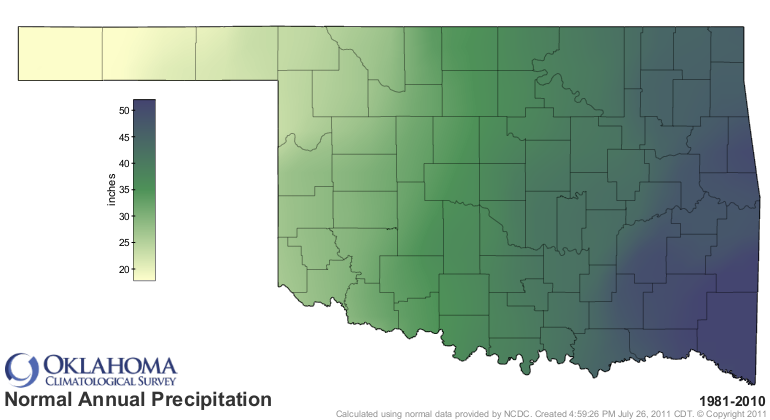Native Plants of Oklahoma

Many states in the US have similar climates and similar native plants. As in many locations across the country, Oklahoma's native plants have paid no attention to the state borders invented by legislators and are identical or similar to those found in other locations. The entire state is part of the drainage basin of the Mississippi River. In northeast OK, the types of plants that thrive are different from those that thrive in southeast, northwest and central parts of the state. Here the average annual rainfall has historically been 40-inches or more. Elevation Map The Muskogee/Tulsa area is just a few hundred feet above sea level. Temperatures averages also vary widely across the state. Naturally, our native plant varieties, frequency and bloom times also vary. Yesterday a group of Oklahoma Native Plant Society members, friends and guests were invited by Pam and Randy Ledford to walk a slice of their beautiful property near Pawnee OK. Several knowledgeable members...



